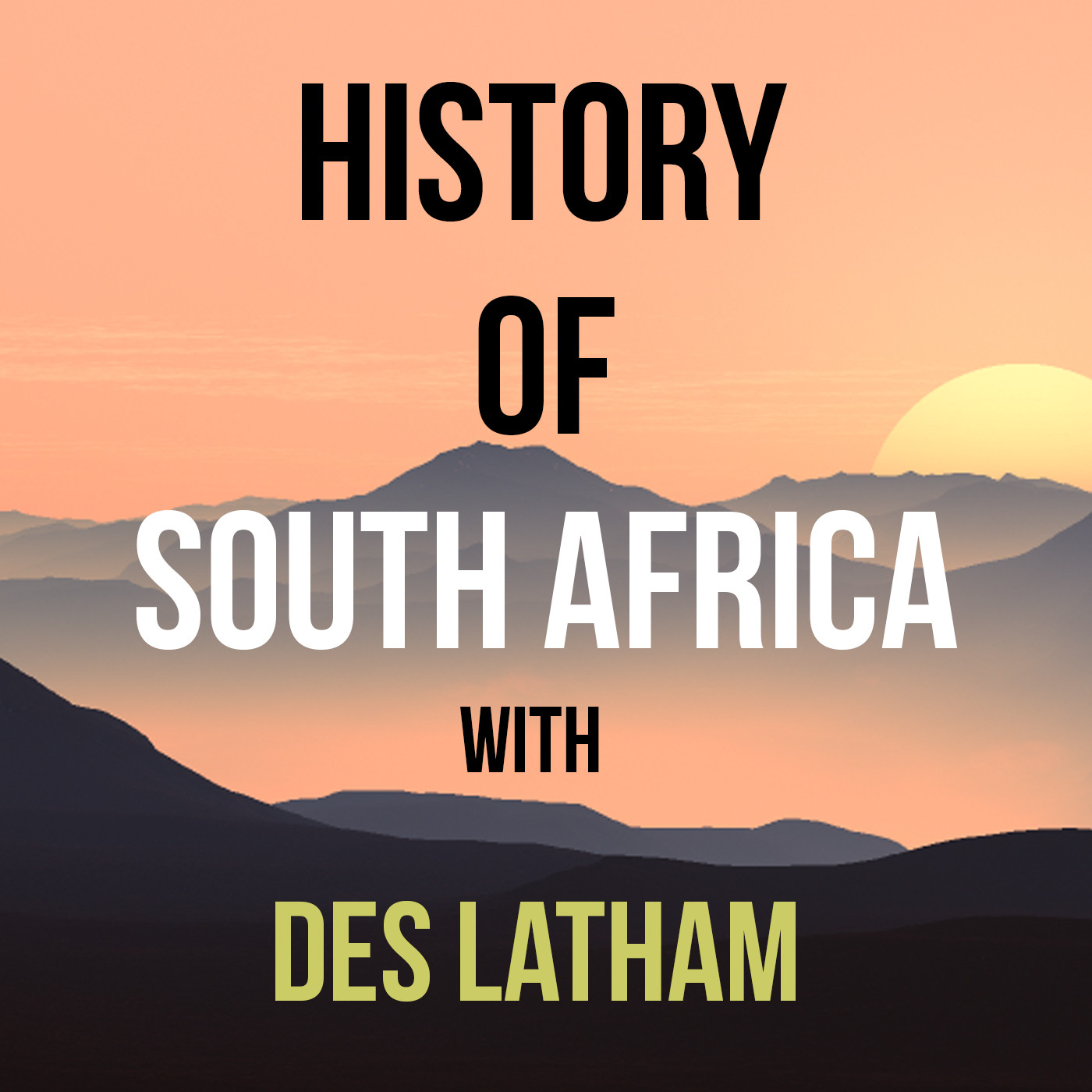- History
- SEE MORE
- classical
- general
- talk
- News
- Family
- Bürgerfunk
- pop
- Islam
- soul
- jazz
- Comedy
- humor
- wissenschaft
- opera
- baroque
- gesellschaft
- theater
- Local
- alternative
- electro
- rock
- rap
- lifestyle
- Music
- como
- RNE
- ballads
- greek
- Buddhism
- deportes
- christian
- Technology
- piano
- djs
- Dance
- dutch
- flamenco
- social
- hope
- christian rock
- academia
- afrique
- Business
- musique
- ελληνική-μουσική
- religion
- World radio
- Zarzuela
- travel
- World
- NFL
- media
- Art
- public
- Sports
- Gospel
- st.
- baptist
- Leisure
- Kids & Family
- musical
- club
- Culture
- Health & Fitness
- True Crime
- Fiction
- children
- Society & Culture
- TV & Film
- gold
- kunst
- música
- gay
- Natural
- a
- francais
- bach
- economics
- kultur
- evangelical
- tech
- Opinion
- Government
- gaming
- College
- technik
- Jesus
- Health
- movies
- radio
- services
- Church
- podcast
- Education
- international
- Transportation
- Other
- kids
- podcasts
- philadelphia
- Noticias
- love
- sport
- Salud
- film
- and
- 4chan
- Disco
- Stories
- fashion
- Arts
- interviews
- hardstyle
- entertainment
- humour
- medieval
- literature
- alma
- Cultura
- video
- TV
- Science
- en
Episode 19 The French Huguenots arrive in 1688 while to the north the Xhosa deal with shipwrecked European sailors

This is episode 19 and we\u2019re looking at the years between 1679 and 1700 and developments in both the Cape and the interior of the sub-continent.
\n
\nLast episode we heard how new Governor Simon van der Stel who arrived in 1679 began a rapid expansionist policy in the Cape, including building two new towns \u2013 Stellenbosch and Drakenstein.
\n
\nThe last two decades of the 17th Century and the first two of the eighteenth are regarded as the most important in the early history of South Africa \u2013 at least with regard to colonization.
\n
\nAfter 1707 the VOC effort at peopling the country slowed significantly. It was the fear of the British then the French that had driven the Dutch to make a decision to increase settlers in the Cape between the 1660s and the turn of the century.
\nUltimately and ironically, considering the Dutch/French War, salvation really came indirectly from France.
\n
\nThere had long been French speaking Walloons in the United Provinces of Holland who had fled from the Spanish terror at the end of the sixteenth century. These refugees were now being joined by the Huguenots who had abandoned France. That was in response King Louis XIVs severe view of anyone who had a reformed faith
\nNaturally after years of failing to attract large numbers of settlers to the Cape, the Heeren Seventeen regarded the Huguenots as a pool of possible immigrants to exploit. Some of the Frenchmen knew how to make wine, brandy and vinegar.
\nThings were moving in the Cape. By 1689 van der Stel had occasion to meet a sailor shipwrecked in terra de Natal. Captain W Knyff of the Dutch East India company managed to make his way back to the Peninsular after living amongst the people in the region for a year. He told van der Stel that the people who helped him were peaceable and obliging. Two other sailors had already been living amongst the people who known as the Xhosa.